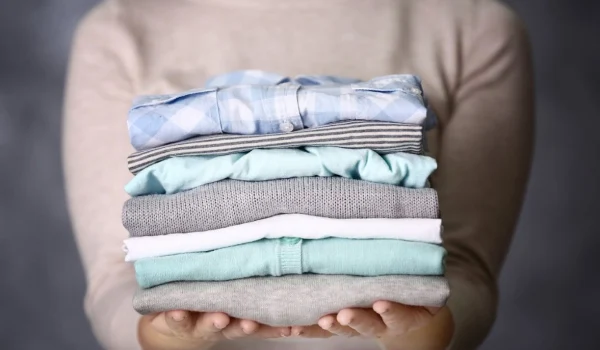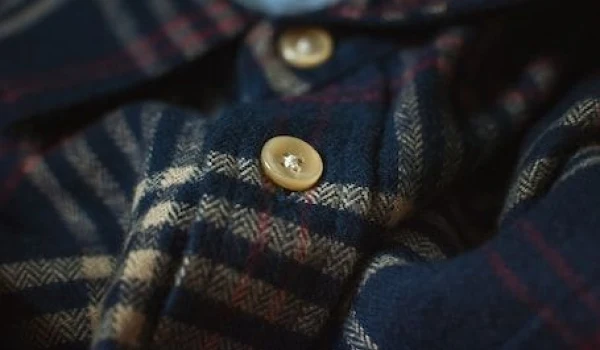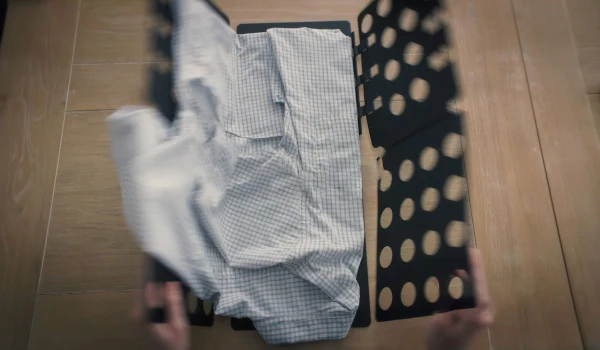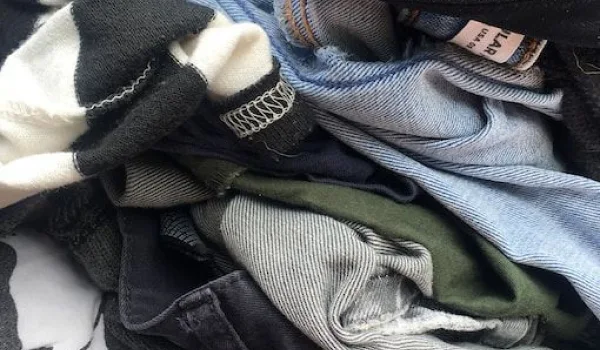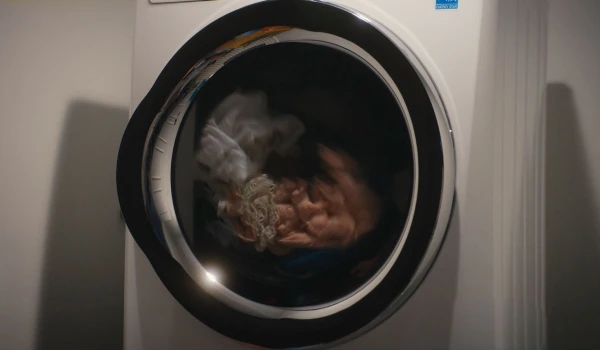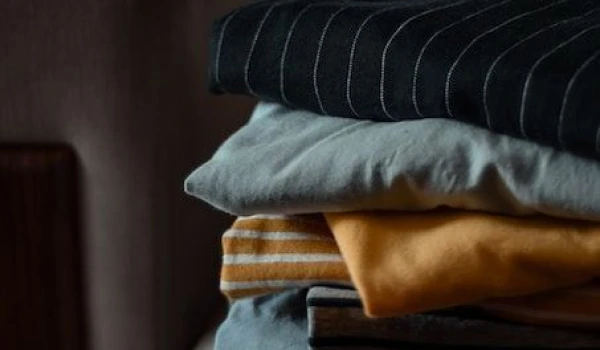Introduction
Static in clothes—it's one of those everyday annoyances that we all encounter, especially when you're in a hurry or trying to look your best. You pull on your favorite shirt or dress, only to find it clinging uncomfortably to your body, hair sticking to your face, or fabric clinging to itself in awkward bunches.
But why does static occur, and more importantly, how can you prevent and remove it? In this article, we'll delve into the causes of static in clothes, offer practical solutions for getting rid of it, and share tips to prevent static from ruining your wardrobe. So, let's get started on the journey to a static-free life!
What Causes Static In Clothes?
Before we tackle how to remove and prevent static, it's essential to understand what causes this pesky problem in the first place. Static in clothes is primarily the result of static electricity, which occurs when two different materials come into contact and exchange electrons. This transfer of electrons leads to one material becoming positively charged and the other negatively charged. When these opposite charges meet, they create the clingy static that we all dread.
Fabrics and Materials
The type of fabric you wear plays a significant role in whether or not your clothes will become staticky. Synthetic fabrics like polyester, nylon, and acrylic are notorious for causing static electricity. These materials are more likely to exchange electrons during friction, leading to that all-too-familiar static cling. In contrast, natural fibers like cotton, linen, and wool are less prone to static, making them a better choice if you want to avoid the shock.
Low Humidity Levels
Have you ever noticed that static cling seems to be worse during the winter months? That's because low humidity levels contribute to the build-up of static electricity. When the air is dry, electrons are less likely to dissipate, leading to a higher likelihood of static cling. This is why you may experience more static shocks and clingy clothes when the indoor heating is on full blast.
Mechanical Actions During Laundry
The way you handle your laundry can also contribute to static in your clothes. The friction caused by clothes tumbling against each other in the dryer is a common culprit. This mechanical action can lead to the build-up of electrical charges, especially if your laundry load consists of mainly synthetic fabrics. Overdrying your clothes can exacerbate this issue, as extremely dry clothes are more prone to static.

How To Remove Static From Clothes: 6 Effective Ways
Now that we know what causes static, let's explore some practical methods to remove it from your clothes. Here are six effective ways to say goodbye to static cling.
1. Metal Hanger Method
One simple yet effective way to remove static from clothes is by using a metal hanger. Before putting on your clothes, run a metal hanger over the surface of the fabric. The metal helps to neutralize the electrical charge, reducing static cling instantly.
2. Aluminum Foil in the Dryer
A tried-and-true method for reducing static in your laundry is to toss a couple of balls of aluminum foil into the dryer with your clothes. The aluminum foil acts as a conductor, helping to discharge any static electricity that builds up during the drying process. Plus, aluminum foil can be reused multiple times, making it an eco-friendly alternative to dryer sheets.
3. Fabric Softener Spray
A fabric softener spray can work wonders in combating static cling. Simply spritz the spray onto your clothes before putting them on. Fabric softener works by coating the fibers with a thin layer of lubricant, reducing friction and preventing the build-up of static electricity.
4. Apply Moisturizer on Your Skin
Dry skin can contribute to static cling, so keeping your skin moisturized can help reduce static. Before getting dressed, apply a moisturizer to your skin, particularly on your legs, arms, and anywhere the fabric comes into contact with your body. This simple step can help prevent your clothes from clinging to your skin.
5. Reduce the Use of Synthetic Fabrics
As mentioned earlier, synthetic fabrics are more likely to cause static. To minimize the occurrence of static cling, try to reduce the use of synthetic fabrics in your wardrobe. Opt for natural fibers like cotton, linen, and wool whenever possible, as they are less likely to generate static electricity.
6. Utilize Dryer Balls or Tennis Balls
Dryer balls or even clean tennis balls can be a great addition to your laundry routine. These balls help to separate clothes in the dryer, reducing friction and preventing the build-up of static electricity. Additionally, they can help to speed up drying time and soften your clothes naturally.

5 Tips To Prevent Static In Clothes
While it's essential to know how to remove static from clothes, prevention is always better than cure. Here are five practical tips to help you keep static at bay.
1. Use Fabric Softeners and Dryer Sheets
Fabric softeners and dryer sheets are designed to reduce static cling by coating your clothes with a thin layer of lubricant. This helps to minimize friction between fibers, preventing the build-up of static electricity. If you prefer a more natural approach, consider using homemade fabric softeners or dryer sheets made from natural ingredients.
2. Opt for Natural Fiber Clothing
As we mentioned earlier, synthetic fabrics are more prone to static cling. To prevent static in your clothes, try to choose natural fiber clothing whenever possible. Cotton, linen, and wool are excellent options that are less likely to generate static electricity.
3. Humidify Indoor Spaces
Since low humidity levels contribute to static cling, using a humidifier in your home can help reduce the occurrence of static in your clothes. A humidifier adds moisture to the air, preventing the build-up of static electricity. This is especially useful during the dry winter months when indoor heating can make the air even drier.
4. Moisture in the Dryer
Another way to prevent static is by adding a bit of moisture to your dryer. You can do this by tossing a damp washcloth or towel into the dryer during the last 10 minutes of the drying cycle. The added moisture helps to prevent your clothes from becoming too dry and reduces the likelihood of static cling.
5. Avoid Overdrying
Overdrying your clothes in the dryer can lead to excessive static build-up. To prevent this, try to remove your clothes from the dryer while they are still slightly damp. Alternatively, you can use the dryer’s low heat setting or set a timer to ensure that your clothes are not overdried.

Keep Your Clothes Static-Free With Rinse
Managing static in clothes can be a hassle, but it doesn’t have to be. Rinse offers a convenient and effective solution to keep your wardrobe static-free. With our professional laundry and dry cleaning services, you can rest assured that your clothes will be treated with care, ensuring that they remain fresh, soft, and free from static cling. Whether you’re dealing with delicate fabrics or heavy-duty garments, Rinse has the expertise to keep your clothes looking their best.
For more tips on keeping your clothes fresh and clean, check out our other articles on how to use fabric softener, how to make your laundry smell good, and how to make homemade fabric softener.
Contact us at Rinse today to see our skill in action.

Have laundry or dry cleaning to do?
Rinse picks up, cleans and delivers 7 days a week. Amazingly awesome. Ridiculously simple.



